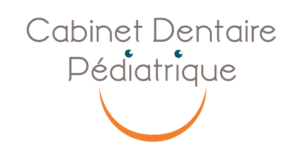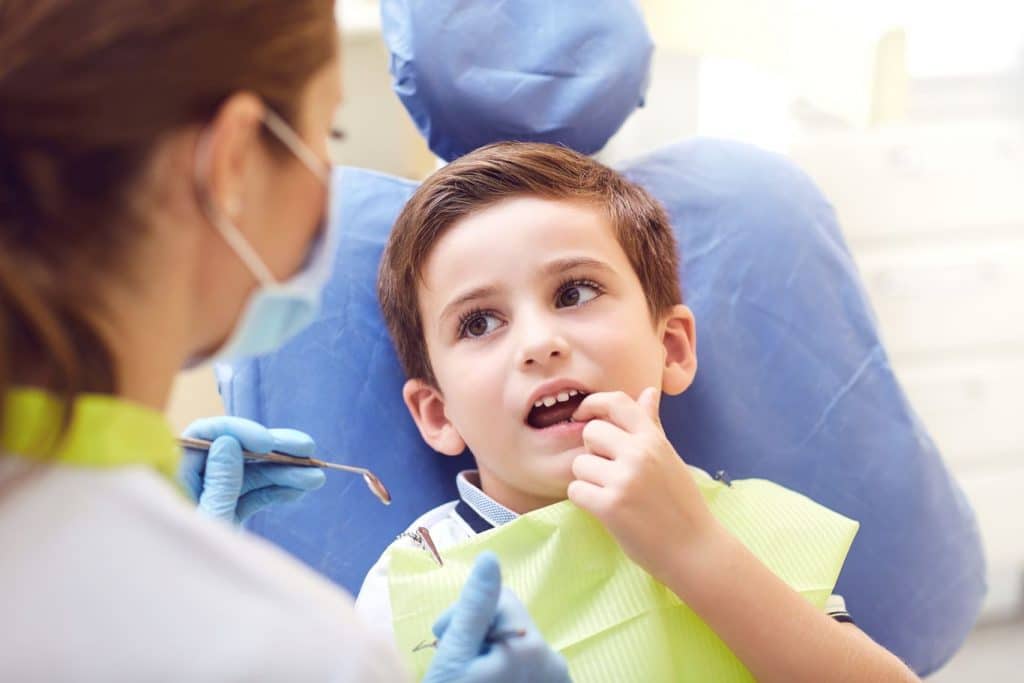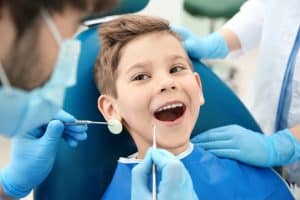Important events occur during your child's growth. This is the case of baby's teething. Generally the eruption of teeth is easily relieved by a few tricks, but sometimes complications arise.
A tooth that grows in the palate is the result of dental malposition or even hyperdontia. In such cases, the position of the tooth is abnormal or the presence of extra teeth causes dento-maxillo-facial complications.
In the following lines, we explain how to act if your baby has a tooth growing in the palate.
Tooth growing in the palate: understanding hyperdontia
Sometimes a baby has a tooth that grows into the roof of his mouth. This tooth anomaly, which is sometimes linked to a a permanent tooth growing behind a baby toothThis condition has a name: hyperdontia.
Hyperdontia is characterized by the presence of one or more extra teeth compared to the normal number of teeth. These extra teeth can be normal or atypical in shape (called supernumerary teeth). In all cases, these teeth are undesirable.
While some extra teeth may grow into the nostril, the most common cases of hyperdontia are called "mesiodens". In mesiodens hyperdontia, the extra tooth or teeth are cone-shaped. These teeth also have a shorter root than usual. The root grows at the medial suture of the palate, between the two upper incisors.
Sometimes a fourth molar may also appear behind the upper molars, which dental professionals call a "distomolar".
The causes and origins of hyperdontia
Hyperdontia has essentially two causes: hereditary and environmental.
In the first place, several genetic factors mean that hyperdontia is likely to be transmitted between several generations within the same family. But congenital origins must be dissociated from environmental factors which are essentially external causes. The latter occur during birth or during the child's growth (exposure to radiation for example).
Baby tooth growing in the palate: symptoms and consequences
The most common symptoms of hyperdontia are:
- The appearance of cysts on supernumerary impacted teeth,
- Delays in the eruption of normal teeth close to overgrown teeth.
While some signs of hyperdontia are clinically visible, others can only be detected with an x-ray.
The consequences of a tooth growing in the palate are numerous: malpositioning and dental congestion, displacement of normal teeth, chewing problems, etc.
Possible treatments and solutions
If your baby has hyperdontia, the best thing to do is to consult a pedodontist. He or she will extract the child's extra tooth.
In the case of hyperdontia mesiodens, it is important to react quickly. Indeed, in addition to causing the displacement of other teeth, a mesiodens can lead to irritation of the mucous membranes of the palate and the tongue due to frequent rubbing. Often, tooth extraction is recommended to avoid infections, especially if cysts appear.
Parents must therefore remain particularly vigilant and should not hesitate to take the initiative in case of doubt. Indeed, the after-effects of hyperdontia can be significant, in addition to being visually impressive. These visits can also allow you to have an opinion if baby's first tooth comes out crooked.
Check out the following articles to learn more about teething:


